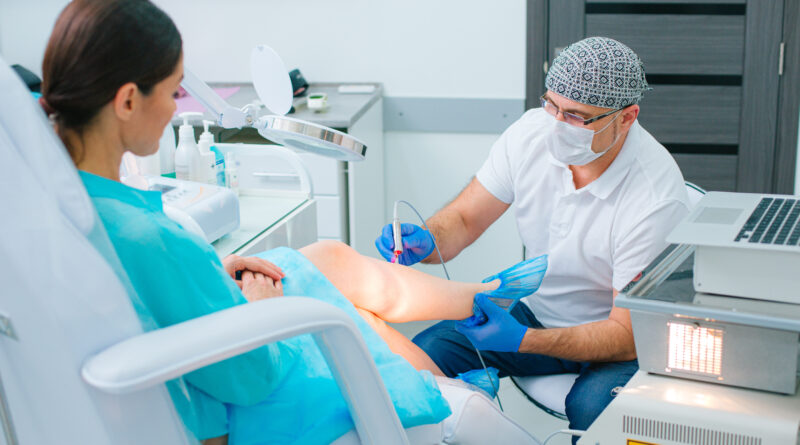Exploring and Understanding Varicose Vein Treatments
Varicose veins are enlarged, twisted veins that often develop on the legs due to weak or damaged vein valves. These veins result from increased pressure within the veins, commonly caused by factors such as genetics, pregnancy, prolonged standing, or obesity. While varicose veins may initially seem like a cosmetic concern, they can lead to discomfort, pain, and potential complications if left untreated. Addressing varicose veins not only improves physical well-being but also enhances overall quality of life. A range of effective treatment options is available to alleviate symptoms and prevent progression.
Causes and Symptoms
The primary cause of varicose veins is the weakening or damage of vein valves, which disrupt normal blood flow. Contributing factors include genetic predisposition, lifestyle habits, hormonal changes, and medical conditions. The symptoms vary but typically include visibly enlarged and twisted veins, pain or heaviness in the legs, swelling, and cramping. In severe cases, the affected area may show skin discoloration, itching, or the development of ulcers.
Diagnosis and Initial Consultation
Early diagnosis is essential to effectively manage varicose veins. A healthcare provider conducts a physical examination and may use diagnostic tools like ultrasound imaging to assess the extent of venous damage. This evaluation helps determine the appropriate course of action, whether non-invasive approaches or more advanced procedures.
Non-Invasive Treatments
For mild cases, non-invasive treatments can significantly reduce symptoms. Compression therapy, using specially designed stockings, promotes blood circulation and alleviates swelling. Lifestyle modifications, such as regular exercise, maintaining a healthy weight, and elevating the legs, help manage the condition. Medications may also be prescribed for pain relief or to reduce inflammation.
Minimally Invasive Procedures
Minimally invasive options are effective for more pronounced varicose veins. Sclerotherapy involves injecting a solution into the veins to close them, while endovenous laser therapy (EVLT) and radiofrequency ablation (RFA) use energy to seal damaged veins. Foam sclerotherapy, a variation of traditional sclerotherapy, is particularly suited for larger veins. These procedures are typically outpatient and require minimal recovery time.
Surgical Options
In severe cases, surgical interventions may be necessary. Vein stripping and ligation involve removing or tying off damaged veins, while ambulatory phlebectomy targets surface veins through small punctures. Specialized interventions are available for deeper venous issues, ensuring comprehensive care.
Post-Treatment Recovery and Care
Recovery times vary depending on the treatment chosen. Patients are often advised to wear compression stockings, avoid strenuous activities, and attend follow-up appointments with their healthcare provider. Maintaining a healthy lifestyle through regular exercise and weight management helps prevent the recurrence of varicose veins.
Benefits of Treating Varicose Veins
Treating varicose veins provides relief from pain, swelling, and other physical symptoms while improving the appearance of affected areas. By addressing the condition early, individuals can avoid serious complications such as ulcers or blood clots. Ultimately, effective treatment enhances mobility, confidence, and quality of life.
Varicose vein treatment offers a pathway to better health, comfort, and well-being. From non-invasive therapies to advanced surgical options, there are solutions tailored to every need. Consulting a healthcare professional, such as clinics like the Renaissance Laser & Vein Institute, ensures personalized care and the best outcomes. Addressing varicose veins is not only about managing symptoms but also about reclaiming confidence and improving daily life. Take the step to explore treatment options and prioritize your health today.

